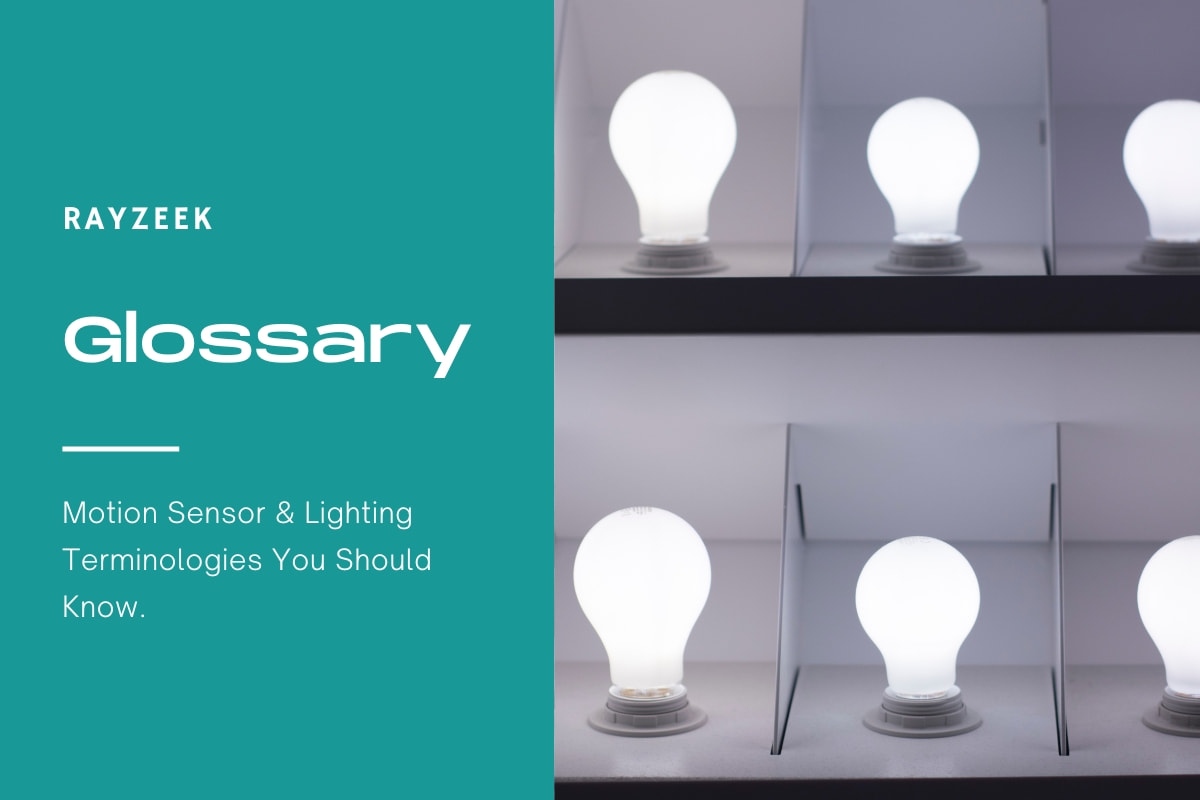What is NEMA
NEMA, which stands for the National Electrical Manufacturers Association, is a prominent trade association founded in 1926 that represents electrical manufacturers in the United States. As an ANSI-accredited organization, NEMA plays a crucial role in developing standards for electrical equipment used in North America, including those related to lighting systems.
Get Inspired by Rayzeek Motion Sensor Portfolios.
Doesn't find what you want? Don't worry. There are always alternate ways to solve your problems. Maybe one of our portfolios can help.
In the lighting industry, NEMA is known for its contributions to the standardization of connectors and installation interfaces. NEMA sockets, also referred to as 3pin NEMA, 5pin NEMA, and 7pin NEMA, are specific interfaces used for lighting controllers powered by high voltage AC. These sockets often utilize RF Mesh technology. One notable feature of the 7pin NEMA receptacle, introduced in the ANSI C136.41 standard, is its capability for dimming control. By connecting the 5pin and 7pin NEMA sockets to dimming modes such as 0 ~ 10V, PWM, or DALI, users can effectively control the brightness of the lighting system.
NEMA’s involvement in standards organizations and its widely adopted standards make it a significant player in the lighting industry, not only in North America but also globally. Its focus on safety, efficacy, and compatibility ensures that electrical equipment, including lighting fixtures, meet the necessary requirements for reliable and efficient operation.
Looking For Motion-Activated Energy-Saving Solutions?
Contact us for complete PIR motion sensors, motion-activated energy-saving products, motion sensor switches, and Occupancy/Vacancy commercial solutions.
Frequently Asked Questions
What Are the 3 Directional Types of Lighting
Types of Directional Lighting Lamps
Directional lighting fixtures utilize three different types of lamps: incandescent, fluorescent, and LED. The choice of lamp has an impact on the fixture’s performance, such as the brightness of the light, the color of the light, the lifespan of the lamp or fixture, and its energy consumption.
What Is the Most Efficient Beam Shape
The most efficient shape for both directions in 2D is a square shell or box. However, when it comes to bending in any direction, a cylindrical shell or tube is the most efficient shape. For unidirectional bending, the superior choice is the I or wide flange beam.
What Shape of Beam Is Strongest
The arc, resembling a circle, is considered the most robust structural shape. Similarly, in nature, the sphere is recognized as the strongest three-dimensional shape. This is due to the fact that stress is evenly distributed along the arc, rather than being concentrated at a single point.
What Is the Proper Beam Pattern
The ideal beam pattern should feature distinct cut-off lines at the upper part of the beam, as well as a spread that extends slightly beyond the road. Additionally, it should exhibit well-defined hot spots that provide high-quality forward lighting, enabling a clear view of the road ahead.
Should LED Lights Be Vertical or Horizontal
For single filament bulbs, it is recommended to have the diodes (LED chips) arranged in a side to side orientation. This means that one set of LED’s should face at 3 o’clock and the other set should face at 9 o’clock.
What Are the Four Basic Angles of Lighting
The four fundamental angles of lighting include side light, front light, back light, and top light. Side light enhances the visibility of shadows in your scene, while also adding depth and shape to your photograph.
What Is the Most Effective Angle for Front Lighting
The most effective angle for front lighting is the vertical angle. As mentioned earlier, placing the stage lighting frontlight at a 45-degree angle on the height is the ideal position. However, this may not always be feasible. It is important to consider the height of the lights, as if they are too high, they will cast shadows under the eyes and neck, making it difficult to establish a connection with the speaker.
What Is the Best Beam Angle for LED Lights
Generally, if you are uncertain about the appropriate beam angle for LED lights, a range of 60 to 120 degrees is suitable for most situations. Opting for lights with a wider beam angle of around 60 degrees is commonly known as flood lighting.
What Is the Difference Between LED and Flood Lights
The distinction between LED floodlights and floodlights lies in the visual impact of the lighting. LED floodlights should not have an excessive number of light sources, as this can result in a lackluster and dim visual effect.
Are LEDs Good for High Beams
Using High Beams
“The LED lights are highly effective in illuminating the road, especially when compared to halogen reflectors. In our testing, we found that LED lights outperformed halogen reflectors by illuminating the roadway up to 150 feet further.”
What Is the Difference Between NEMA and Non NEMA
The key distinctions between NEMA and non-NEMA configurations lie in the design of the plug’s blades, grounding stem, and connecting blades. In particular, the grounding blade is constructed with the same thickness of material as the other blades, ensuring a sturdy and secure connection.
What NEMA Rating Is Best
NEMA Type 6 and 6P enclosures are considered the most optimal NEMA ratings in terms of durability and watertight protection for electronic devices.
Is NEMA Mandatory
It is not required for all electrical components to have a NEMA enclosure. The use of NEMA ratings is simply an industry standard and is completely optional.









